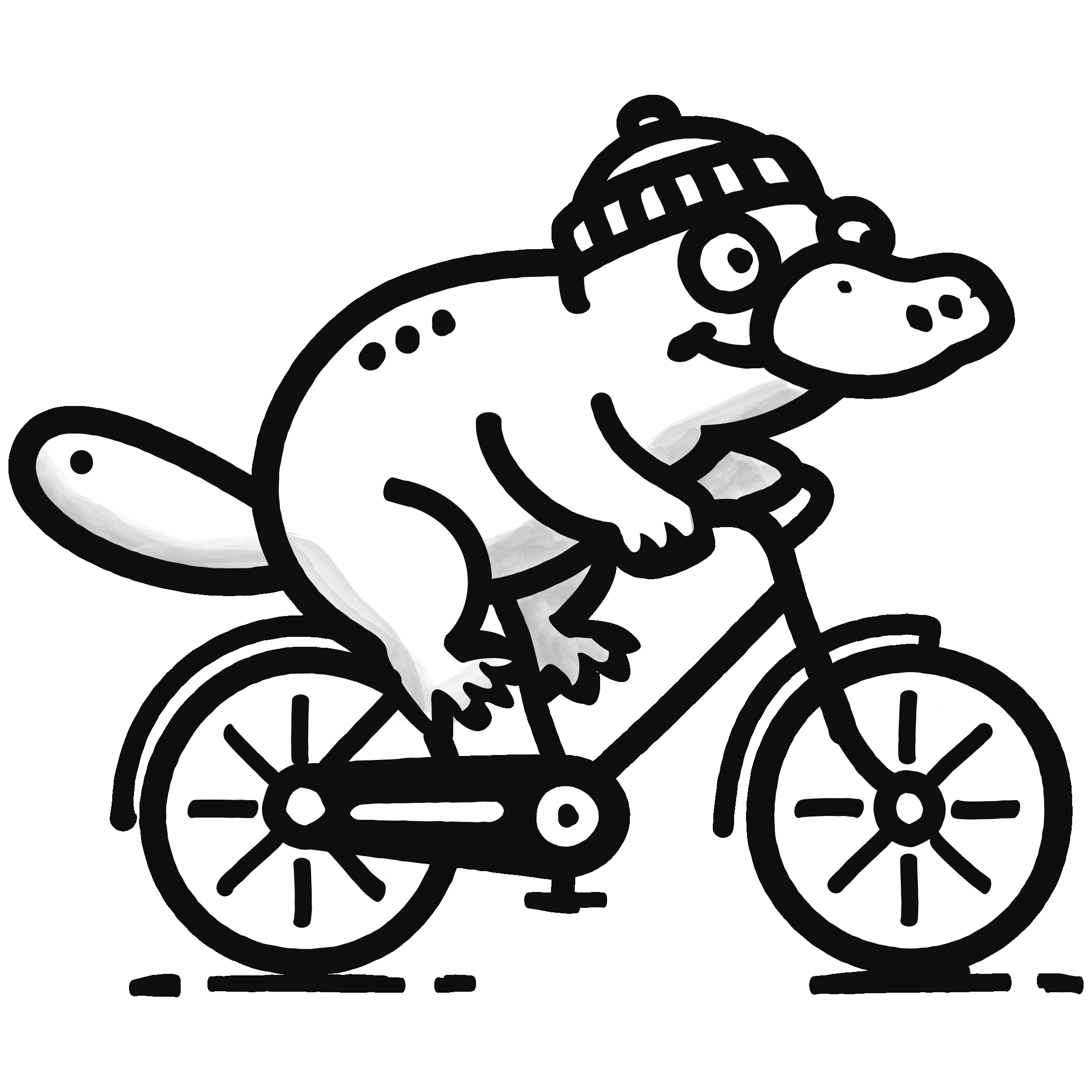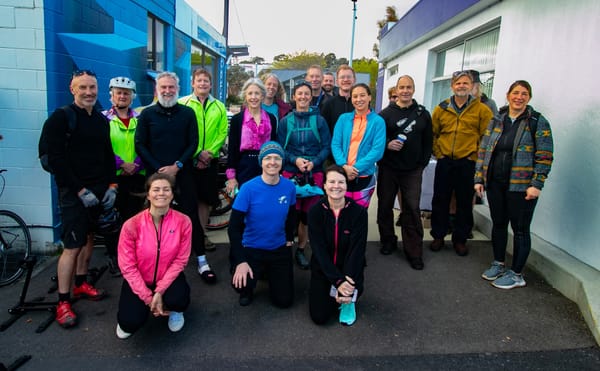Reclaiming Streets

The Power of the People
When streets transform into spaces for people instead of cars, something magical happens: communities are reborn. Around the world, grassroots movements have reclaimed public spaces, turning them into vibrant hubs of connection and culture. The impact of these transformations extends far beyond the physical; they strengthen social bonds, support local economies, and reinvigorate public life.
Take the story of Ciclovía in Bogotá, Colombia. What started in 1974 as a modest initiative to close streets to cars on Sundays has grown into a citywide event attracting over a million cyclists, walkers, and joggers every week. It has become a cultural phenomenon, demonstrating the transformative power of people-centered urban design. The concept has inspired similar programs globally, from Mexico City’s Muevete en Bici to Los Angeles’ CicLAvia.
Closer to home, cities across Australia are experimenting with reclaiming streets. For example, Melbourne’s “Open Streets” program creates temporary pedestrian zones, fostering community interaction and supporting local businesses. Hobart, with its rich history and unique streetscapes, has the potential to lead such initiatives in Tasmania. Imagine a day in your neihbourhood which is car-free; streets buzzing with pop-up markets, street performers, and families enjoying the outdoors.
When people take ownership of their streets, the result is a vibrant, connected community that thrives on shared experiences. The power to reclaim and reimagine urban spaces lies in all of us. Together, we can create streets that reflect the spirit, culture, and resilience of our communities.




